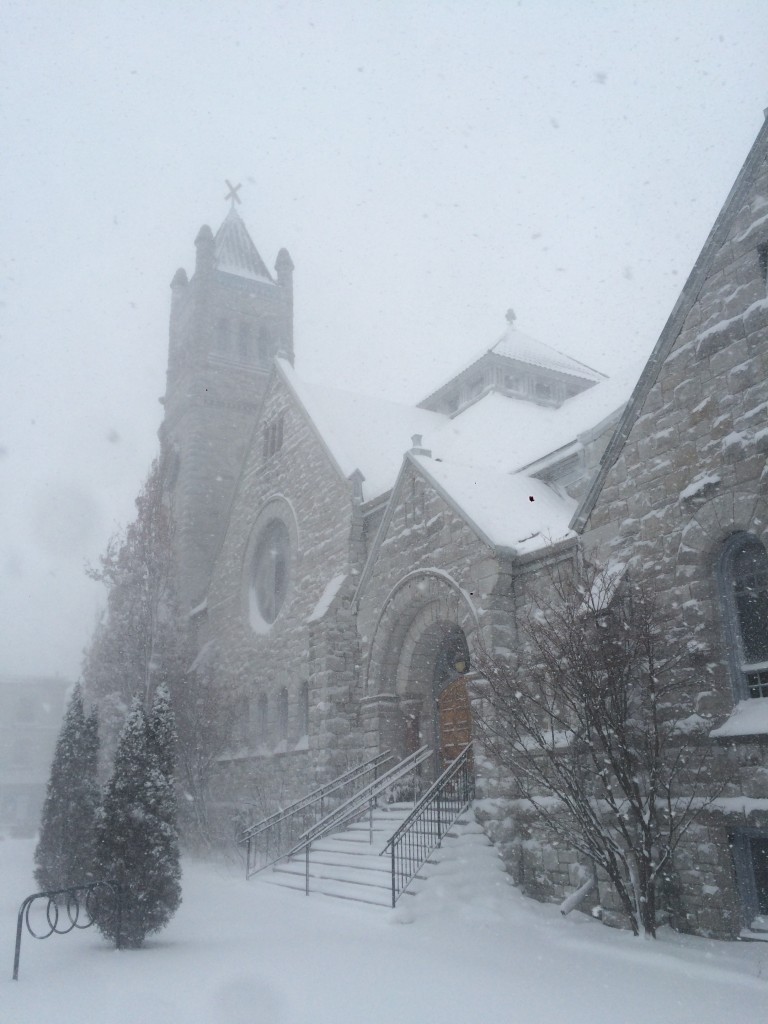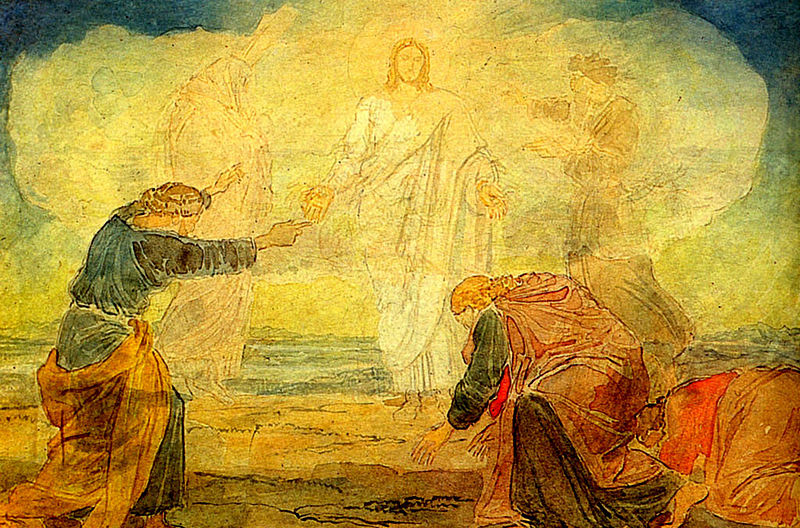Palm Sunday is one of my favourite celebrations of the church year. I know I am not alone. With joy and anticipation we wave the palms and shout our hosannas. What those of Jerusalem did innocently (John 12-12-16), we do with full awareness, living as we do on this side of the cross. We know the cost of this entry of Jesus into our midst. But we celebrate because we know what God worked in spite of and through that cross ‘for us and our salvation’ as the Nicene Creed states.
This year an added dimension is added to Palm Sunday by our journey through the book of scripture known as Revelation. We arrive at the description of the Rider on the White Horse : ‘Then I saw heaven opened, and there was a great white horse! Its rider is called Faithful and True … His eyes are like a flame of fire, and on his head are many diadems … On his robe and on his thigh he has a name inscribed, ‘King of kings and Lord of lords’ (Revelation 19:11-16).
The humble donkey has been replaced by a white steed. ‘Hosanna’ (God save us) has given way to ‘Hallelujah’ (God be praised). ‘The head that once was crowned with thorns is crowned with glory now’ (Thomas Kelly, 1769-1854). The crucifixion has led to the resurrection. Jesus lives. Jesus reigns.

Jan Lebenstein, stained glass window with scenes from the Apocalypse (1970). Palotine chapel, Paris, France.
A recent issue of Macleans includes an article suggesting that Jesus never existed and belongs to the realm of myth. It makes this argument on the basis of the conflicting gospel stories of the life of Jesus, and that the earliest recorded Christian witness, the apostle Paul, mentions little about the earthly life of Jesus. The article is intentionally provocative. There is much that can and should be said in response, but most immediately an article like this reminds me that the foundation of Christian faith is the death and resurrection of Jesus. The experience of Jesus alive after death is the beginning of the Christian faith of Paul, as it was in a sense for Jesus’ disciples before and after him, as it is for us. And this is the great reminder of Revelation.
The battle between good and evil continues to rage. But consider the story of a group of prisoners of war. One of them clandestinely hears of a far-off great battle that their enemy has lost, and with that battle the war has been lost. They remain imprisoned, ill-treated, weakened. Nothing has changed but everything has changed. Even as they suffer, they celebrate. This image of the Rider on the White Horse, the Risen Lord victorious, has provided strength to many Christians over the millennia.
We wave palms, and we wave them with joy and anticipation. We wave them and are renewed to live in the light of what is coming, what is ultimate and true, what is.
If you are in the area, join us. The order of service and invitations to participate are attached below. There is a nursery for infants and a programme for children during the service. And ample free parking along the streets and in a public lot just behind the church off Queen Street. A joyous Palm Sunday to you!






